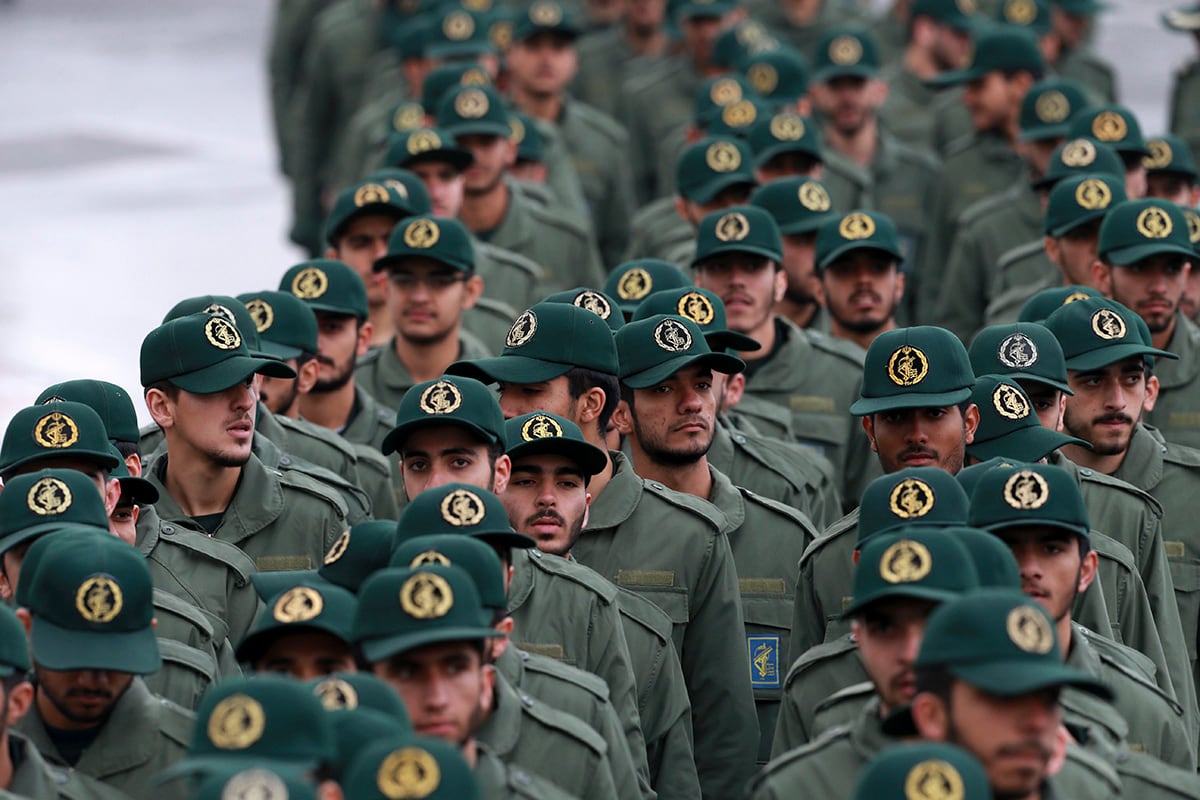The 82nd Airborne Division is preparing to deploy thousands more paratroopers to the Middle East amid heightened tensions with Iran, a military official told Army Times on background
Earlier this week, 750 paratroopers from 2nd Battalion, 1st Brigade Combat Team, deployed to the region after protesters set fire to a reception building on the compound of the U.S. Embassy in Baghdad. The rest of the brigade is currently preparing to deploy, the military official said, and they expect to broadcast the decision Saturday morning.
The deployments will occur over the next week as the paratroopers prepare to posture in Kuwait. A small element will go to Baghdad to provide force protection to the diplomatic mission there. The rest of the paratroopers will act as a response force to regional threats. There are roughly 4,000 soldiers in a brigade.
The deployment comes following a Thursday night U.S. airstrike that killed a key Iranian commander in Iraq. The mission is also important for the 82nd Airborne Division as it implements for the first time changes in how it deploys paratroopers during emergency situations.
The new deployment model, called the Immediate Response Force, emphasizes joint operations and brings more air assets, cyber capabilities and logistical support to paratroopers, according to a primer for the new model viewed by Army Times.
The new plan replaces the Global Response Force model that the division previously utilized, but appears to more heavily emphasize joint forcible entry operations and airborne assaults into denied environments, like that which Iran can produce through air defense systems and cyber attacks.
RELATED

The framework includes an emphasis on penetrating enemy airspace using U.S. Air Force combat aircraft to set conditions for paratroopers, the delivery of a mass tactical assault force on one-lift operations with roughly 2,500 paratroopers, more robust electronic warfare capabilities, expanded logistical networks, and distributed mission command and control throughout an entire operation.
Tensions in Iraq reached a fever pitch in late December. A rocket attack that the Pentagon attributed to Kata’ib Hezbollah hit a U.S. base near Kirkuk, killing an American contractor and wounding several others. The U.S. military responded with airstrikes that killed more than 20 militiamen manning Kata’ib Hezbollah positions.
The Iranian-backed Kata’ib Hezbollah group is folded into the Iraqi security structure as part of the popular mobilization units that rose to fight the Islamic State.
Outrage over the strikes sparked protests outside the U.S. Embassy in Baghdad that burned and destroyed a reception building but failed to breach the compound. On Thursday evening, the Pentagon issued a statement confirming that a U.S. airstrike near Baghdad International Airport killed Qassem Soleimani, Iran’s infamous Quds Force commander.
U.S. officials claim Soleimani was plotting to attack U.S. troops and diplomats in the region, but have yet to provide proof of the imminent attack.
The strike on Soleimani was met with condemnation by Iran’s supreme leader, Ayatollah Ali Khamenei. The leader said in a statement that “a forceful revenge" awaits his killers.
Kyle Rempfer was an editor and reporter who has covered combat operations, criminal cases, foreign military assistance and training accidents. Before entering journalism, Kyle served in U.S. Air Force Special Tactics and deployed in 2014 to Paktika Province, Afghanistan, and Baghdad, Iraq.





